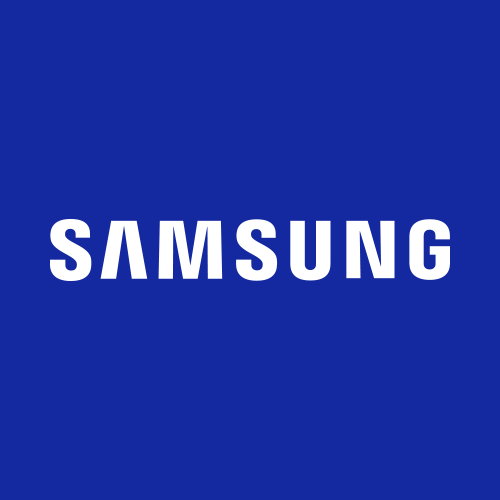Hello, there!
I stumbled upon some weird problem when installing my new m.2 NVME drive and thought that someone could help me here..
Before I continue, here are my pc specs:
MB - MSI B350M gaming plus (with 1 m.2 slot)
CPU - Ryzen 7 1700
GPU - MSI GeForce GTX 1070 8GB
RAM - 16GB 3200MHz DDR4 (8gbx2)
SSD - Samsung SSD 850 EVO 250GB
HDD - Western Digital 1TB
And recently I installed fresh 970EVO plus m.2 NVME drive to replace my main SSD drive. For some reason new NVME drive is not showing up either in BIOS or disk management. I've read multiple threads about this problem and already have tried these options:
I wanted to mention as well that there is no visible damage on motherboard and m.2 slot and everything besides NVME seems to work perfectly fine.
Thank you in advance and sorry for my English 😀
I stumbled upon some weird problem when installing my new m.2 NVME drive and thought that someone could help me here..
Before I continue, here are my pc specs:
MB - MSI B350M gaming plus (with 1 m.2 slot)
CPU - Ryzen 7 1700
GPU - MSI GeForce GTX 1070 8GB
RAM - 16GB 3200MHz DDR4 (8gbx2)
SSD - Samsung SSD 850 EVO 250GB
HDD - Western Digital 1TB
And recently I installed fresh 970EVO plus m.2 NVME drive to replace my main SSD drive. For some reason new NVME drive is not showing up either in BIOS or disk management. I've read multiple threads about this problem and already have tried these options:
- Tried taking out and putting back my NVME drive.
- Checked if I have ACHI mode on in BIOS settings.
- Checked if my BIOS has latest version (it has).
- Tried downgrading BIOS.
- Tried disconnecting other SATA drives to see if NVME drive magically shows up in Windows installation setup. (No success)
- Checked if my new drive is broken on other PC (which has B450M gaming plus motherboard) and it seemed to work perfectly fine on other pc.
- Lastly I tried to install Samsung express NVME drivers, but upon installation process I received error message: Device is not connected.
I wanted to mention as well that there is no visible damage on motherboard and m.2 slot and everything besides NVME seems to work perfectly fine.
Thank you in advance and sorry for my English 😀


